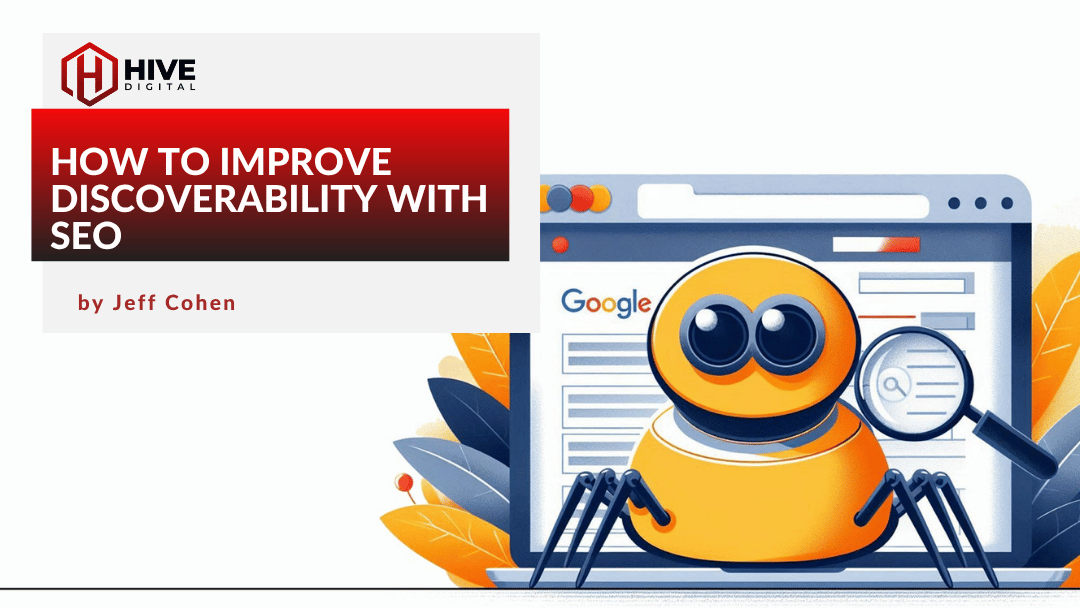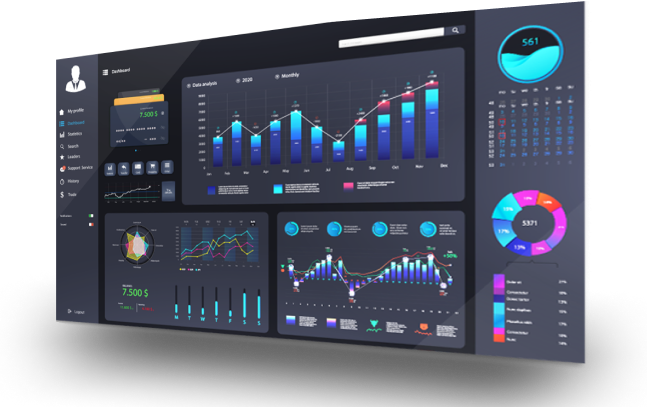I’m often asked to provide some quick advice for clients that are changing site structure, and there are a few things (other than the normal redirect every old url to the new one instructions) that I always mention:
1 – Update historic redirects to point to the new final destination. While the general consensus is that once a 301 redirect has been in place for 1 year + all the authority is passed along, it is a best practice to ensure all of the legacy redirects from your last site move are updated to their new destination to avoid “multiple redirects”
E.g. … what happens if you don’t do this: v1 page ->301 redirects-> v2 page ->301 redirects-> v3 page … etc Instead we would want to update old redirects to point to final destination so v1 page ->301 redirects->v3 page
This not only speeds up the “redirect” experience for any visitors clicking on old links, but also ensure that if any authority could be lost in a redirect, the impact is minimal. Please note that Google says authority isn’t lost in redirects anymore (vs. the previously reported -15%), but I prefer better safe than sorry!
Also, don’t forget the housekeeping step when maintaining your evergreen content to check for and update any broken or redirected links.2 – 301 redirects are still the way to go for any permanent URL changes. Google says 302’s and 301’s both pass 100% authority now (vs. the previously reported -15% on a 301 and -100% on a 302), but there is rumor of a longer delay with Google on 302’s.
Additionally, the 301 method is the appropriate usage in these scenarios (per web standards), and it leaves out any room for confusion by other crawlers and ranking engines (think Facebook, Bing, etc.)3 – Prevent temporary duplicate content issues. Anytime you change URL structure, there is this annoying lag between Google removing the old URL from the index and replacing it with the newly discovered URL. This most often occurs because Google is able to find/cache/index the new URL much more quickly than re-crawling the old URL and discovering the 301 redirect that you have properly put in place 🙂
During this lull, you have a duplicate content problem, and since you updated the site, you’ve orphaned all of the old URLs minimizing their odds of being re-crawled anytime soon.
The solution: Sitemap Assisted Redirects — Before you launch the new version/urls of the site, you create an xml and html sitemap of the old site. When we launch the new site, we’ll link to the html sitemap from our footer, and submit the xml version in GSC. I generally suggest doing this before submitting or linking to a new sitemap, though that is more of a personal preference/theory that I would rather Google focus on recrawling the old pages and discovering the redirects than finding the new pages. You can monitor the index size from this submitted sitemap in GSC, and remove the old sitemaps once the index of old pages has dropped.
By doing this, you’ve encouraged Google to discover your new pages through the redirects, and typical crawling of your site. After this is done, I typically create/submit the sitemaps of the new site.4 – Don’t forget to move/redirect any image files, pdfs, etc. Many times these files are being used in links back to your site or indexed and generating traffic on their own. If your server allows direct access to these files, you won’t be able to see / track the traffic to those files, so you might be missing any impact they could have…. though you can filter to pdfs, .doc, etc.. in search console to get an idea of the organic reach they might have.
I’ve also found it is a good idea to have an HTML/tracked version of any pdfs/docs, and to use the canonical header for the file to point to your HTML page so you can track from organic and have opportunity to plant CTAs, etc. (I actually built a wordpress plugin to do this — https://wordpress.org/plugins/canonical-attachments/)5 – If possible, revisit any sites linking to the old URLs and see if they will update to the new ones. While it isn’t necessary considering Google’s reporting that 301 redirects pass 100% value, it’s always a great time to reach out and thank someone for linking to you, and shore up that relationship so a competitor doesn’t come along and poach your link 🙂
If I have any more thoughts, I’ll update the post.
Update:… oh.. and don’t forget to make sure you paid advertising team flips the switch to update any advertising landing page urls within any networks you are participating. JUMP TO A CATEGORY
WEB ANALYTICS | SEARCH OPTIMIZATION | PAID ADVERTISING | COMPANY NEWS










